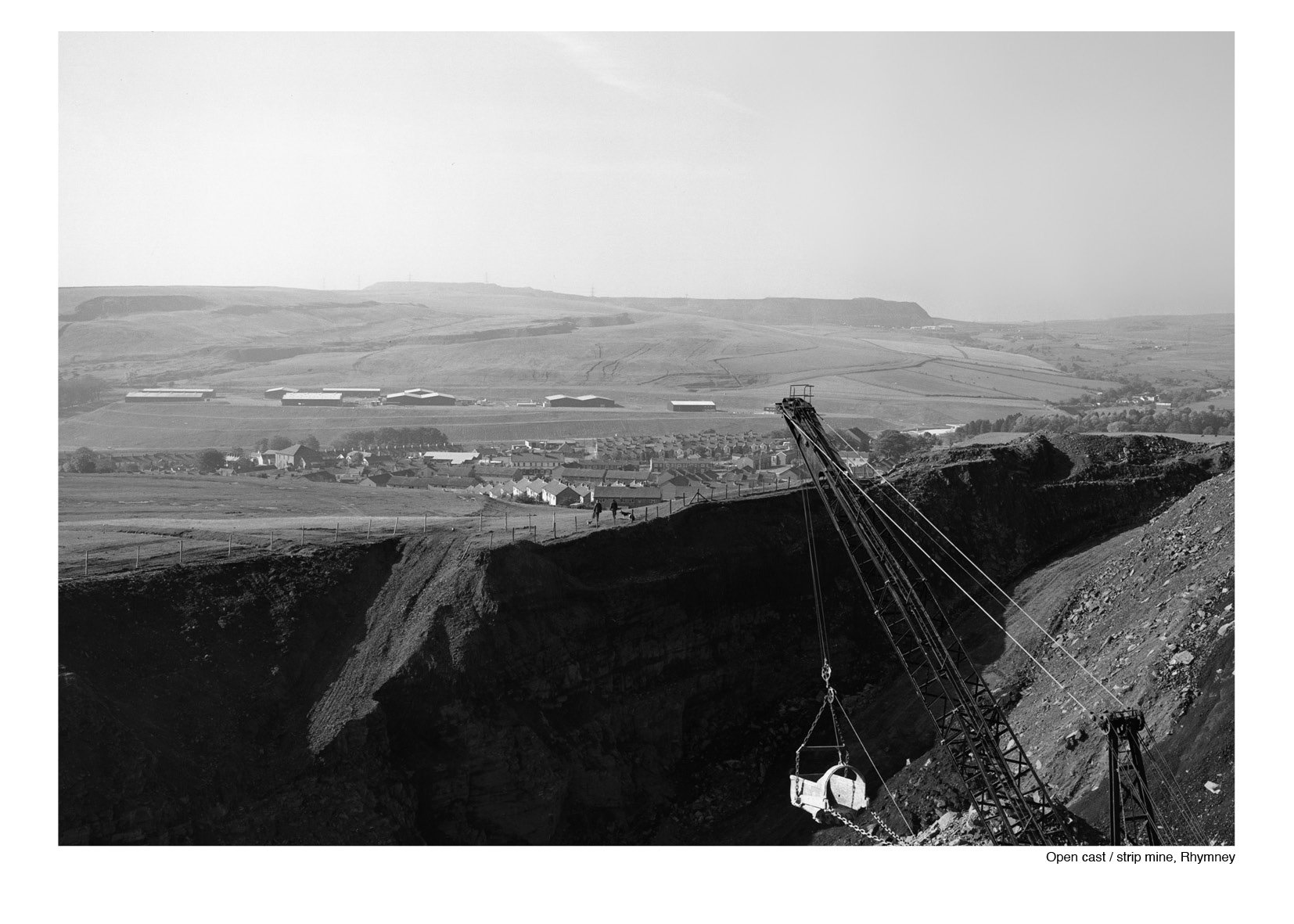 Image 1 of 19
Image 1 of 19

 Image 2 of 19
Image 2 of 19

 Image 3 of 19
Image 3 of 19

 Image 4 of 19
Image 4 of 19

 Image 5 of 19
Image 5 of 19

 Image 6 of 19
Image 6 of 19

 Image 7 of 19
Image 7 of 19

 Image 8 of 19
Image 8 of 19

 Image 9 of 19
Image 9 of 19

 Image 10 of 19
Image 10 of 19

 Image 11 of 19
Image 11 of 19

 Image 12 of 19
Image 12 of 19

 Image 13 of 19
Image 13 of 19

 Image 14 of 19
Image 14 of 19

 Image 15 of 19
Image 15 of 19

 Image 16 of 19
Image 16 of 19

 Image 17 of 19
Image 17 of 19

 Image 18 of 19
Image 18 of 19

 Image 19 of 19
Image 19 of 19




















John Davies — Rhymney Valley 1984
36 pages
printed in the UK
staple bound
14cm x 20cm
Sparsely populated until the nineteenth century, the Rhymney Valley in South Wales was industrialised in the early 1800s for iron ore and then coal to meet the massive demand for Welsh steam coal. By 1900 the Rhymney had seen an enormous increase in population with around forty working pits at the peak in 1913. In the early 1970s the local authority started to re-landscape the many abandoned coal workings and to make safe the enormous waste heaps along the valley. New enterprises and industrial estates were built over old colliery sites and levelled waste heaps. By 1984 only two working coalmines remained: Bedwas Navigation Colliery closed after the 1984-5 miners’ strike and the last deep mine, Penallta Colliery, closed in 1991.
John Davies was commissioned by Rhymney Valley District Council through Ffotogallery Wales in 1984 to photograph industrial landscapes. He also decided to document workers in various industrial units and striking miners.
Also by John Davies
Cotton Mills 1983–1986
Durham Coalfield 1983
36 pages
printed in the UK
staple bound
14cm x 20cm
Sparsely populated until the nineteenth century, the Rhymney Valley in South Wales was industrialised in the early 1800s for iron ore and then coal to meet the massive demand for Welsh steam coal. By 1900 the Rhymney had seen an enormous increase in population with around forty working pits at the peak in 1913. In the early 1970s the local authority started to re-landscape the many abandoned coal workings and to make safe the enormous waste heaps along the valley. New enterprises and industrial estates were built over old colliery sites and levelled waste heaps. By 1984 only two working coalmines remained: Bedwas Navigation Colliery closed after the 1984-5 miners’ strike and the last deep mine, Penallta Colliery, closed in 1991.
John Davies was commissioned by Rhymney Valley District Council through Ffotogallery Wales in 1984 to photograph industrial landscapes. He also decided to document workers in various industrial units and striking miners.
Also by John Davies
Cotton Mills 1983–1986
Durham Coalfield 1983
